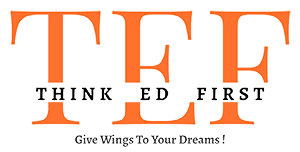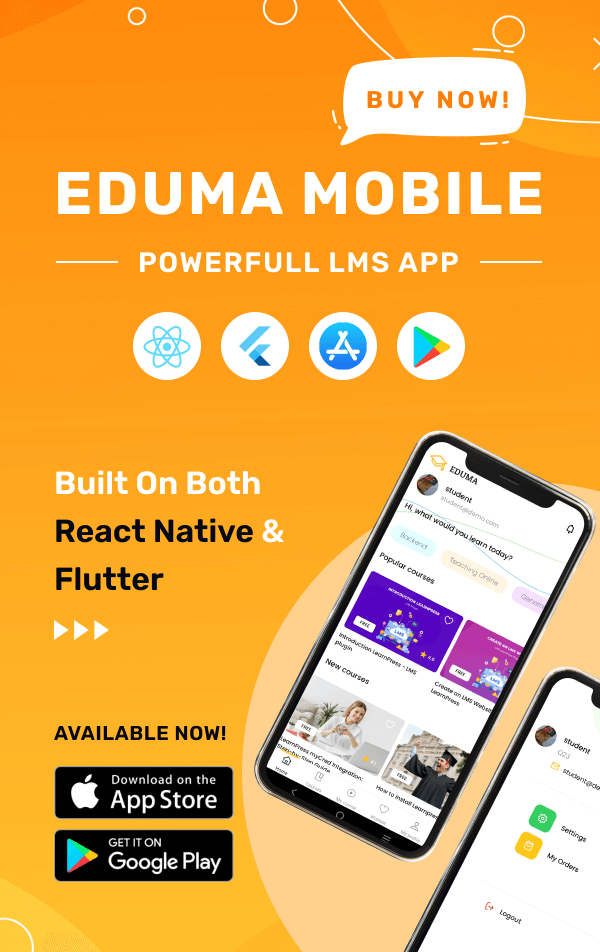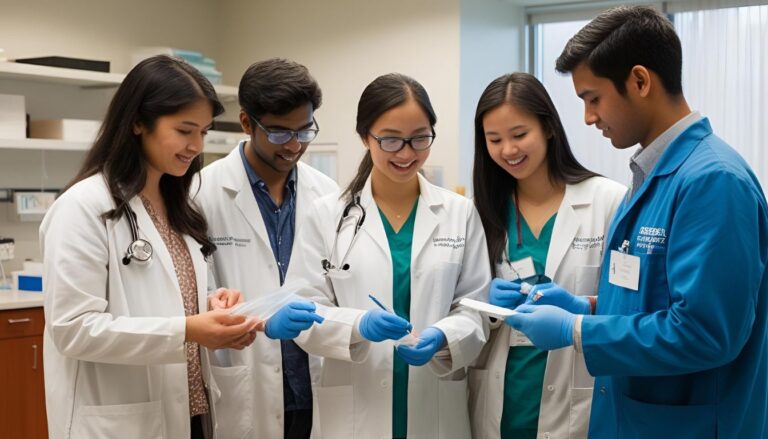Have you ever wondered what makes a top-tier institution stand out in the world of education? For over 77 years, Dhaka Medical College has been a beacon of excellence in the field of medicine. Established in 1946, this premier institution has grown into a 25-acre campus that blends history, innovation, and modern amenities.
With a 2,300-bed hospital and 34 departments, the college offers students unparalleled opportunities for learning and growth. Recognized by global organizations like WHO and NMC, it continues to shape the future of healthcare education. The campus is not just a place for academics but also a hub of cultural and historical significance.
From advanced medical technologies to a library housing over 6,000 books, every corner of this institution is designed to inspire. Whether you’re a student or a visitor, this guide will take you through the heart of Dhaka Medical College, showcasing what makes it truly exceptional.
Introduction to Dhaka Medical College
What sets a leading institution apart in the field of education? Dhaka Medical College has been a cornerstone of academic excellence since its founding on July 10, 1946. Originally established with just four departments, it has grown into a premier institution shaping the future of healthcare in South Asia.
The college’s journey began in a building that once served as a World War II hospital. Over the years, it evolved from British-era barracks to an 11-story academic-hospital complex. This transformation reflects its commitment to innovation and growth.
Academic milestones include the first MBBS batch in 1947 and the introduction of postgraduate programs in 1965. Today, the institution offers 42 postgraduate courses across various disciplines, maintaining a faculty-student ratio of 1:8. This ensures personalized attention for its 190 annual MBBS students.
Notable alumni have made significant contributions to Bangladesh’s healthcare system and global research. Their achievements highlight the college’s role in producing over 10,000 doctors who are making a difference worldwide.
From its historic roots to its modern facilities, Dhaka Medical College continues to inspire generations of learners. Its rich history and academic excellence make it a leader in medical education.
Dhaka Medical College Facilities
What makes a campus truly exceptional for students? It’s the blend of modern infrastructure, comprehensive amenities, and a supportive environment. At this institution, every facility is designed to enhance learning and ensure comfort.
Academic Infrastructure
The academic buildings are equipped with advanced technologies to support learning. A library with over 6,000 books and access to international journals provides ample resources for research. The campus also features 42 departments, offering students diverse opportunities for specialization.
Hospital and Clinical Training
Practical training is a cornerstone of the curriculum. The 2,300-bed hospital includes 42 departments and 24/7 emergency services. Students gain hands-on experience using modern medical technologies, preparing them for real-world challenges.
Student Accommodation
Comfort and safety are priorities for student living. The campus has eight secure hostels, accommodating 1,200 students. Separate hostels for female students ensure safety and privacy. Each room is Wi-Fi-enabled and comes with attached bathrooms.
Additional amenities include cafeterias serving Indian cuisine, prayer rooms, and recreational spaces like an Olympic-size swimming pool and cricket ground. A dedicated shuttle service connects hostels to academic blocks, making commuting hassle-free.
| Facility | Details |
|---|---|
| Hostels | 8 hostels, 1,200 students, Wi-Fi, attached bathrooms |
| Recreational Amenities | Swimming pool, cricket ground, yoga studio |
| Dining | Indian cuisine, vegetarian mess |
| Transport | Shuttle service connecting hostels and academic blocks |
Why Choose Dhaka Medical College?
Why is this institution a top choice for aspiring doctors? It offers a globally recognized MCI-approved MBBS degree. With English-medium instruction, students from India and beyond find it easy to adapt. The first-attempt FMGE pass rate is an impressive 98%, showcasing its academic excellence.
This is the only institution in Bangladesh with permanent NMC recognition since 2013. Students receive dual certification: an MBBS degree from the University of Dhaka and internship completion. This ensures they are well-prepared for global medical careers.
Indian students receive dedicated support, including Hindi-speaking wardens and a legal assistance cell. The placement rate in UK/US residencies is 86%, thanks to strong academic partnerships. Students also gain unique exposure by serving over 3,500 daily OPD cases, providing hands-on experience with diverse patient demographics.
With a total fee of $35,000, it is an affordable option for quality education. The institution’s modern facilities and supportive environment make it a preferred choice for those looking to study MBBS.
| Feature | Details |
|---|---|
| Recognition | Permanent NMC recognition since 2013 |
| Certification | MBBS degree + internship completion |
| Support | Hindi-speaking wardens, legal assistance cell |
| Placement | 86% in UK/US residencies |
| Fees | $35,000 total |
Academic Programs and MBBS Curriculum
How does a world-class institution shape the future of healthcare education? The academic programs here are designed to provide students with a strong foundation in both theory and practice. The curriculum is globally recognized, ensuring graduates are well-prepared for diverse challenges in the healthcare sector.
MBBS Course Structure
The MBBS program spans five years, followed by a one-year internship. The curriculum is divided into four phases, covering subjects like Anatomy, Physiology, Biochemistry, and Pathology. Students also gain hands-on experience through clinical rotations in a 2,300-bed hospital.
Specialized training in emerging fields like genomic medicine and AI diagnostics is integrated into the program. This ensures students are equipped with the latest knowledge and skills. The medium of instruction is English, making it accessible for international students.
Postgraduate Opportunities
For those pursuing advanced studies, the institution offers 42 MD/MS specializations. Collaborative programs with BSMMU and 18-month MPhil research tracks provide additional opportunities for growth. Fully-funded research fellowships through WHO’s SEARO initiative further enhance academic prospects.
Exchange programs with AIIMS Delhi and PGIMER Chandigarh offer students exposure to global practices. The alumni network spans 27 countries, placing graduates in prestigious medical councils worldwide. Direct entry into the University of Dhaka’s MD programs without entrance exams is another unique advantage.
- Specialized training in genomic medicine and AI diagnostics
- Fully-funded research fellowships through WHO’s SEARO initiative
- Exchange programs with AIIMS Delhi and PGIMER Chandigarh
- Alumni network placing graduates in 27 countries’ medical councils
Faculties and Departments
What defines excellence in a learning environment? It’s the strength of its faculties and departments. These form the backbone of any institution, offering specialized knowledge and hands-on training to students.
Basic Science Departments
The basic science departments lay the foundation for understanding the core principles of medicine. These include Anatomy, Physiology, Biochemistry, and Pharmacology. Each department is equipped with modern labs and resources to support research and learning.
Clinical and Allied Departments
Clinical and allied departments provide students with practical experience in various fields. With 24 clinical departments and over 150 operation theaters, students gain exposure to advanced medical technologies like the da Vinci surgical system.
Key departments include Cardiology, which serves as a regional referral center for complex interventions, and Neurosurgery, known for intraoperative MRI-guided tumor excisions. Pediatrics features a Level IV NICU with ECMO capabilities, while Dermatology offers a phototherapy unit for genetic skin disorders. Emergency Medicine stands out with South Asia’s first mobile ECMO unit.
| Department | Specialty |
|---|---|
| Cardiology | Regional referral center for complex interventions |
| Neurosurgery | Intraoperative MRI-guided tumor excisions |
| Pediatrics | Level IV NICU with ECMO capabilities |
| Dermatology | Phototherapy unit for genetic skin disorders |
| Emergency Medicine | South Asia’s first mobile ECMO unit |
Admission Process for Indian Students
Navigating the admission process for Indian students can be straightforward with the right guidance. We aim to simplify the steps, ensuring you have all the information needed to apply successfully. Below, we outline the eligibility criteria and required documents to help you prepare.
Eligibility Criteria
To be eligible for admission, Indian students must meet specific requirements. These include:
- A qualifying score in the NEET-UG exam.
- Completion of 10th and 12th grades with attested mark sheets.
- Submission of a valid passport copy and police clearance certificate.
- An HIV test report, as part of the health clearance process.
Required Documents
Preparing the necessary documents is a crucial step in the admission process. Here’s a checklist to ensure you have everything ready:
- Attested mark sheets from 10th and 12th grades, along with NEET-UG results.
- A notarized translation of academic documents into Bengali, if required.
- A valid passport copy and visa application submitted through the Bangladesh High Commission.
- Police clearance and HIV test reports for health verification.
- Mandatory insurance coverage of $50,000 for international students.
Additional steps, such as Ministry of External Affairs attestation and apostille certification for EU-bound students, may also apply. By following these guidelines, you can ensure a smooth admission process and focus on your academic journey.
Student Life and Extracurriculars
What makes student life vibrant and enriching at a top institution? It’s the perfect blend of academics, activities, and support systems. Here, students enjoy a ragging-free environment with a 24/7 anti-harassment cell ensuring safety and comfort.
With 32 student clubs, there’s something for everyone. From the Medical Journalism Society publishing a quarterly magazine to the Entrepreneurship Cell supporting healthcare startups, students have ample opportunities to explore their passions.
Cultural events like the annual international fest and Holi/Diwali celebrations organized by the Indian Students Association bring the campus to life. These activities foster a sense of community and cultural exchange.
Sports enthusiasts can join the state-ranked badminton team or practice at the shooting range. Such facilities encourage physical fitness and teamwork, positively impacting academic performance.
Balancing studies with extracurriculars is key. Workshops, seminars, and community service programs help students develop essential skills while making the most of their time on campus.
| Activity | Benefits |
|---|---|
| Student Clubs | 32 clubs for diverse interests |
| Cultural Fest | Annual international event |
| Sports | Badminton team, shooting range |
| Support Systems | Anti-harassment cell, counseling |
Recognition and Global Partnerships
What makes an institution globally respected in the field of healthcare education? It’s the recognition it receives and the partnerships it builds. Our institution is proud to be recognized by the World Health Organization (WHO) and the National Medical Council (NMC), ensuring our programs meet international standards.
We have established Erasmus+ partnerships with 18 universities across the European Union. These collaborations allow students to participate in exchange programs and gain global exposure. Additionally, credit transfer agreements with the University of Edinburgh Medical School provide seamless academic transitions for students.
Our joint research initiatives with Johns Hopkins Bloomberg School of Public Health foster innovation in healthcare. Students also benefit from pathways like the AMC recognition for Australian internships and ECFMG certificate acceptance for US residencies. These opportunities open doors to global careers.
Every year, we host a WHO-funded disaster medicine training program. This initiative equips students with critical skills to handle emergencies effectively. Our affiliations with institutions like AIIMS and Kean University further enhance our global network.
- WHO recognition (ID #102234) and NMC permanent approval (ID 258).
- Erasmus+ partnerships with 18 EU universities.
- Credit transfer agreements with the University of Edinburgh Medical School.
- Joint research initiatives with Johns Hopkins Bloomberg SPH.
- AMC recognition pathway for Australian internships.
- ECFMG certificate acceptance for US residencies.
- Annual WHO-funded disaster medicine training program.
These partnerships and recognitions ensure our students receive a world-class education. They also prepare them to excel in diverse healthcare environments globally.
Conclusion
Choosing the right institution for your education is a decision that shapes your future. With world-class infrastructure comparable to top Indian institutions, we offer an environment designed for excellence. Our programs are 40% more affordable than private colleges in India, making quality education accessible.
Students gain unique clinical exposure, especially in tropical medicine, preparing them for diverse healthcare challenges. Our strong alumni network spans Commonwealth nations, providing valuable connections and opportunities globally.
We invite you to explore our campus through a personalized virtual tour. Discover why we are a preferred choice for students pursuing their MBBS and beyond. Your journey to a successful career in healthcare starts here.





